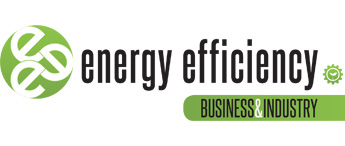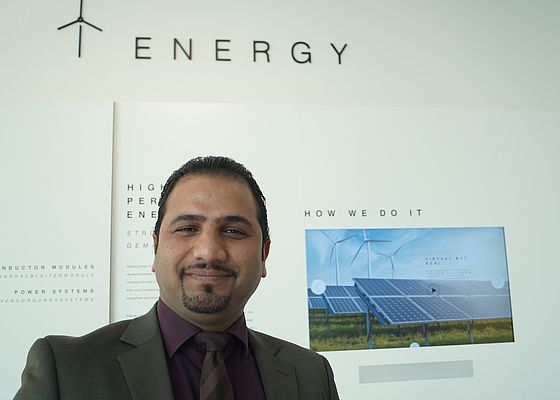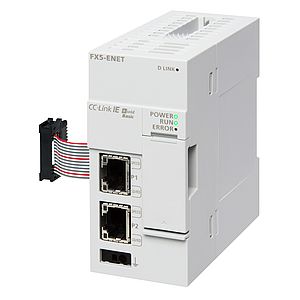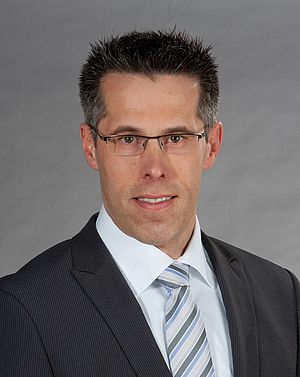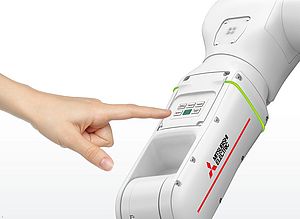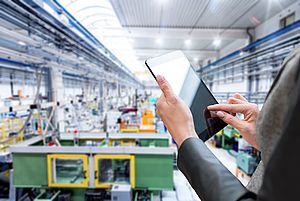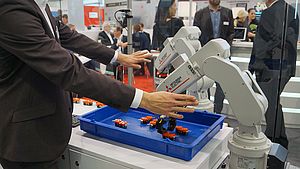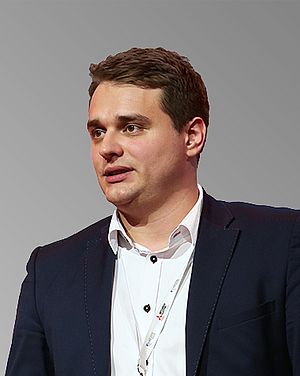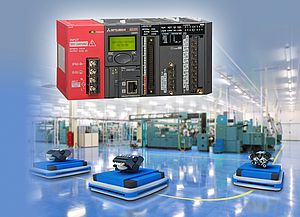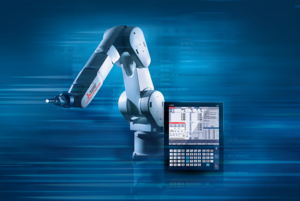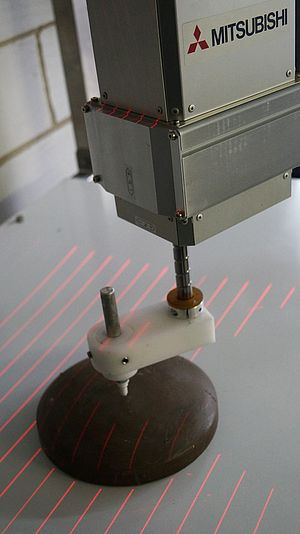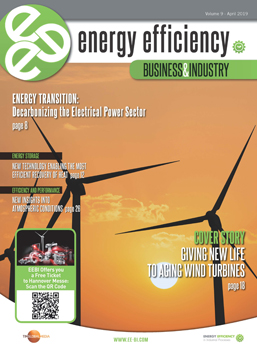Energy Efficiency B&I: What is Mitsubishi Electric’s strategy to increase energy efficiency in industrial processes? Can you give me a general overview?
M. Seraj: Mitsubishi Electric’s contribution to energy efficiency can be seen from two different perspectives: on the one hand we are contributing to the general enhancement of energy efficiency by selecting the markets we can best serve and on the other we are creating solutions which enable our existing customers to operate more energy efficiently.
Given recent trends in the power generation sector and our corporate philosophy of contributing to a greener tomorrow, we have intentionally focused on control and electrical solutions for renewable and distributed power generation. These are two major drivers of energy efficiency in the power sector. Over recent decades, we have successfully served energy from waste (EfW), combined heat and power (CHP) as well as combined cold, heat and power plants, helping them become the most efficient sources of energy generation and transformation.
Energy Efficiency B&I: How much is power generation important at a plant level, on a cost-benefit ratio level?
M. Seraj: The other aspect of our contribution towards energy efficiency lies in how our solutions help customers to operate more efficiently. Whereas one category of customer includes pure energy producers, the other also contains energy consumers. With our automation and electrical solutions, we enable both categories to operate with the highest levels of energy efficiency. We help power producers and consumers to optimize their internal consumption by offering them one of the most efficient and reliable process control, as well as electrical balance of plant, solutions.
As the main drivers of energy efficiency are the minimization of energy consumption and maximization of production using that given energy, we help with both. We minimize energy consumption by integrating one of the most efficient ranges of power distribution products into our solutions, the hardware is based on many years’ experience and optimization in electrical equipment manufacturing. We combined this product excellence with our power systems architecture and integration knowledge to provide the most efficient total solution.
On the consumption side, our automation systems, guarantee the highest levels of reliability and availability. This has been achieved through our deep knowledge and experience gained from customer projects.
Energy Efficiency B&I: In these years, you have developed virtual power plant solutions for plant control and coordination of different energy systems. Does it go more in the direction of Industry 4.0 compliance or of energy monitoring and management? Which aspect is the strongest one?
M. Seraj: Our Virtual Power Plant (VPP) was not developed specifically as an Industry 4.0 solution. It is more, one of many evolutions in the automation and data processing arena and in the environment of Industry 4.0. That said, energy management and monitoring, and Industry 4.0 could not be judged as occupying two mutually exclusive spaces.
There has been and will always be the need for energy management and monitoring. The quality and capabilities of that functionality however are subject to continuous enhancement with further developments in data sensing, measuring, transmitting and processing technologies. The pace of this development has been exponential in the last few years preparing the ground to create more value-added solutions like Virtual Power Plants. The catch word for this last phase of development is Industry 4.0 these days.
Energy Efficiency B&I: Do you think that Virtual Power Plants can really support the transition from traditional energy generation to renewables? How?
M. Seraj: Yes, we believe Virtual Power Plants can to a great extent support the transition from traditional energy generation to renewables. Renewable energies, despite all their indisputable advantages do also come with considerable disadvantages, limiting the net benefit for some end users. For most users, renewable energies are quite inflexible, you have power when there is sun shining or wind blowing, but your energy consumption patterns do not necessarily follow the sun or wind. Secondly, their availability is not fully predictable - just imagine the situation when you have a blanket sand storm in a desert where you have installed hundreds of Megawatts of solar power.
Renewable energies are of course the most environmentally friendly sources of power and are becoming cheaper to produce as well. But every professional in the power industry knows, when it comes to power, reliability of supply comes first. This was for a while where conventional power had a dominant position, flexibility. Our Virtual Power Control makes a combination of renewable energies flexible too and therefore makes them an unchallenged secure source of power supply. This is done by coordinating the most economical and available energy generation and storage sources to meet a certain load at any point of time. This will remove a major barrier to maximizing renewable integration on the grid
Energy Efficiency B&I: How can the blockchain technology also help the energy transition in your opinion? And is VPP useful someway to that?
M. Seraj: Block Chain technology can contribute tremendously to a transition by the power sector from a conventional centrally controlled system to a distributed and yet secure power system. A desirable future power sector would have the following major characteristics:
1. It will be reliable and secure both from a technical and cyber security perspective, the cyber security aspect gaining higher levels of importance with the presence of more distributed and IT driven resources.
2. It will have higher levels of renewable integration.
3. The resources and therefore the control and dispatching will be distributed.
Let’s consider the unique features of Block Chain technology, in a block chain there is no central data storage and processing location, there are no copies, there is one single entity of any specific block of data which is distributed between different participating nodes. This unique feature can increase the robustness of the control and data processing system to outside cyber threats as one needs to copy the entire distributed system to be able to manipulate it. making
This is practically impossible, so Block Chain technology can be used to address the biggest concern of policy makers and regulators with respect to vulnerability of the power systems of the future to cyber-attacks. The topology of the Block Chain technology and the unique data processing mechanism it uses is very much analogous with how a distributed power system is realized. But I have to say we are at the early stages of exploring how Block Chain can be used in our industry. We should take the time and study with care before forming any rash conclusions.
Energy Efficiency B&I: Virtual Power Plants…. Will the next step be augmented power plants?
M. Seraj: The fundamental difference between our Virtual Power Plant and any Augmented Reality (AR) concept is that the VPP is a system that is used to integrate real power generation hardware and make it behave as one system, optimizing resources through more intelligent automated control. AR might provide some nice external network performance visualization tools in the future, but right now its main use is for providing more convenient onsite maintenance tools and tasks. It can deliver unmatched benefits by quickly providing valuable insights into the maintenance status of both electrical and mechanical equipment. Operational personnel using it onsite will undoubtably increase the efficiency of power plant operations.
Sara Ibrahim
